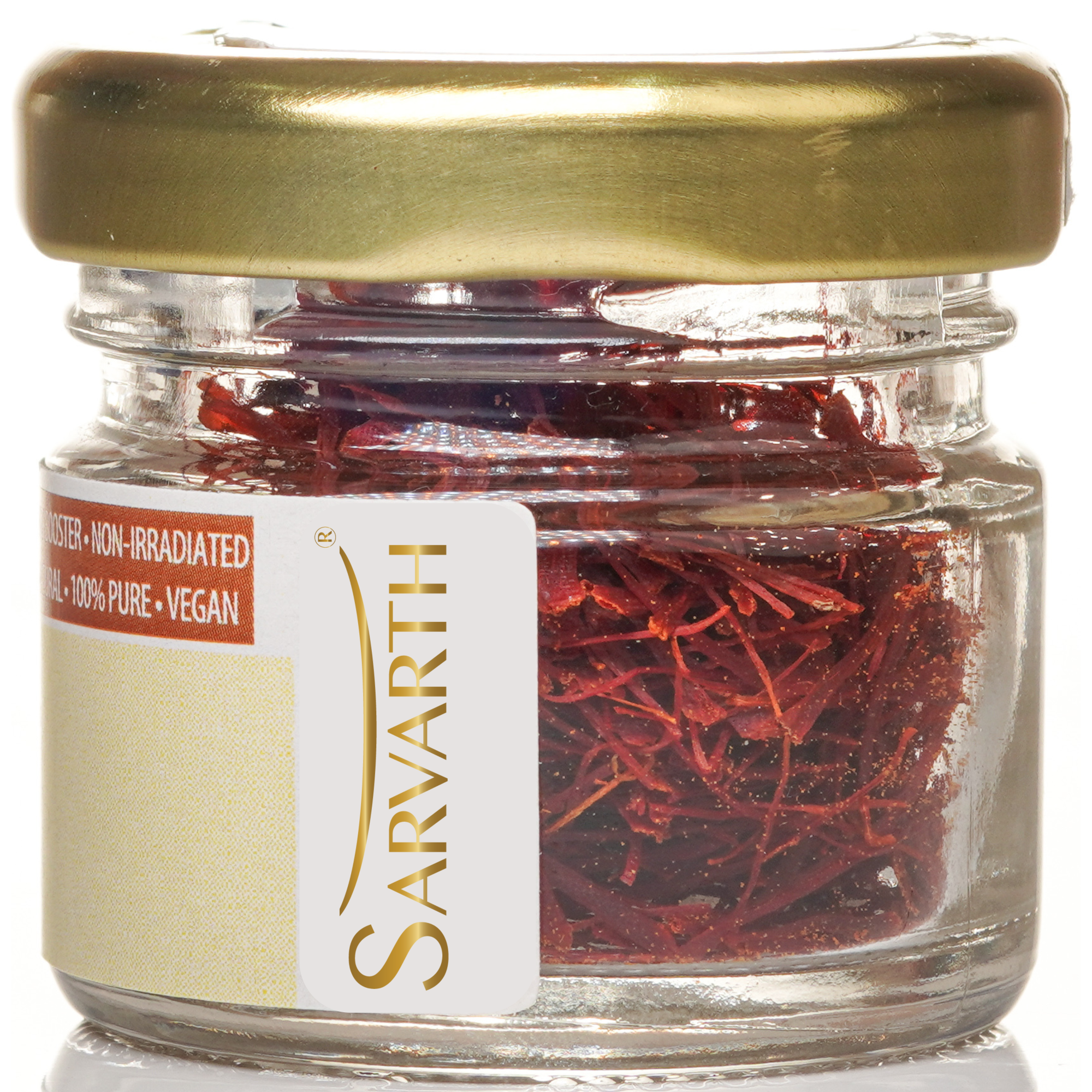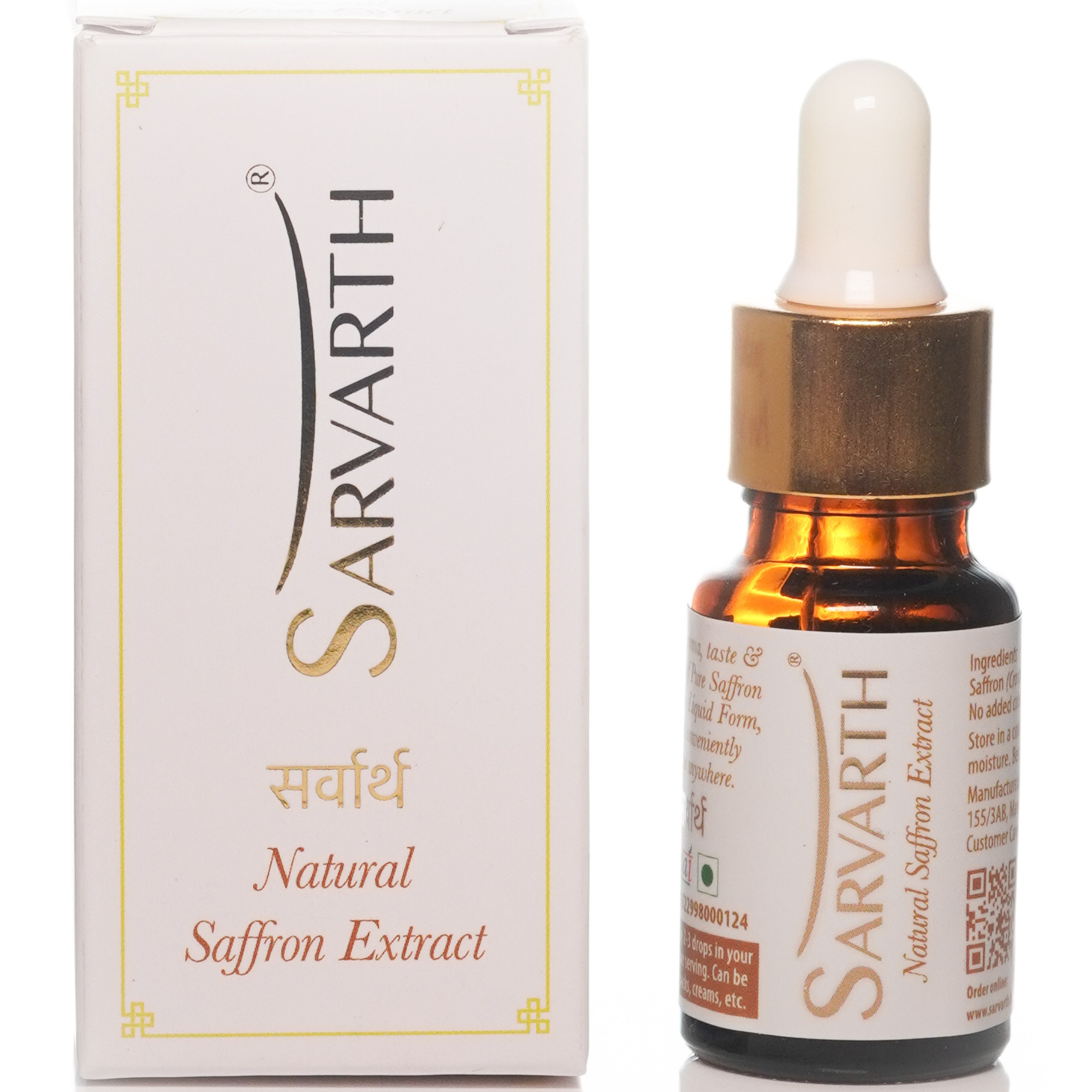What to Know About Ayurvedic Skin Care
Ayurveda, the ancient system of medicine from India, offers a holistic approach to health and well-being that includes skin care. Unlike conventional skincare, which often focuses solely on external treatments, Ayurvedic skin care emphasizes the balance of mind, body, and spirit to achieve glowing, healthy skin. Here’s what you need to know about Ayurvedic skin care, its principles, and how to incorporate it into your daily routine.
1. Understanding Your Dosha
In Ayurveda, everyone has a unique constitution, or dosha, which is a combination of the five elements: earth, water, fire, air, and ether. The three primary doshas are Vata (air and ether), Pitta (fire and water), and Kapha (earth and water). Each dosha has its characteristics and influences your skin type:
-Vata Skin: Vata skin tends to be dry, thin, and prone to premature aging. It needs moisture and nourishment.
– Pitta Skin: Pitta skin is sensitive, prone to redness, acne, and inflammation. It requires cooling and soothing care.
– Kapha Skin: Kapha skin is oily, thick, and prone to clogged pores and dullness. It benefits from detoxifying and invigorating treatments.
Understanding your dosha helps in selecting the right skincare routine and products that align with your unique skin type.
2. The Ayurvedic Approach to Skin Care
Ayurveda views the skin as a reflection of your overall health. Therefore, Ayurvedic skin care focuses on both internal and external treatments to achieve balance and harmony. Here are the core principles:
– Internal Balance: Healthy skin starts from within. A balanced diet, proper hydration, adequate sleep, and stress management are essential for glowing skin. Ayurveda recommends eating fresh, seasonal foods that balance your dosha and drinking warm water or herbal teas to aid digestion and detoxification.
– Natural Ingredients: Ayurvedic skin care relies on natural ingredients like herbs, oils, and spices. These ingredients are chosen based on your dosha and the specific needs of your skin. Common Ayurvedic ingredients include turmeric for its anti-inflammatory properties, sandalwood for cooling, and neem for detoxification.
– Daily Rituals: Consistency is key in Ayurveda. Establishing a daily skincare routine, known as Dinacharya, helps maintain skin health. This includes cleansing, exfoliating, moisturizing, and protecting the skin using natural products.
3. Ayurvedic Skincare Practices
Here are some common Ayurvedic skincare practices that you can incorporate into your routine:
– Oil Cleansing: Oil cleansing is a gentle way to remove dirt, makeup, and impurities without stripping the skin of its natural oils. Choose oils based on your dosha—coconut oil for Pitta, sesame oil for Vata, and mustard oil for Kapha.
– Herbal Masks: Herbal masks nourish the skin, provide essential nutrients, and help maintain balance. You can create masks using ingredients like sandalwood, turmeric, rose, and aloe vera, depending on your skin’s needs.
– Abhyanga (Self-Massage): Abhyanga is the practice of self-massage with warm oil, which is believed to improve circulation, nourish the skin, and calm the nervous system. This ritual is especially beneficial for Vata skin, which tends to be dry and rough.
– Exfoliation: Regular exfoliation is important in Ayurveda to remove dead skin cells and promote healthy circulation. You can use natural exfoliants like ground oats, chickpea flour, or finely powdered herbs.
– Herbal Steam: Herbal steam baths help open pores, remove toxins, and rejuvenate the skin. Adding herbs like neem, basil, or chamomile to your steam can enhance its benefits.
– Diet and Lifestyle: Ayurveda emphasizes the importance of diet and lifestyle in maintaining skin health. Eating a dosha-balancing diet, practicing yoga and meditation, and following a regular sleep schedule all contribute to healthy, radiant skin.
4. Addressing Common Skin Concerns
Ayurveda offers natural solutions for common skin issues based on your dosha:
– For Dry, Aging Skin (Vata): Moisturize regularly with nourishing oils like almond or sesame oil. Include hydrating foods in your diet and avoid excessive exposure to cold and wind.
– For Sensitive, Acne-Prone Skin (Pitta): Use cooling and soothing ingredients like sandalwood, aloe vera, and rose water. Avoid spicy and fried foods, and incorporate cooling herbs like mint and coriander into your diet.
– For Oily, Congested Skin (Kapha): Detoxify your skin with masks containing neem or turmeric. Use light, non-comedogenic oils and exfoliate regularly to prevent clogged pores.
5. Choosing Ayurvedic Products
When selecting Ayurvedic skincare products, look for those that are made from natural, high-quality ingredients and are free from harsh chemicals. Many Ayurvedic products are crafted using traditional methods, ensuring that the active ingredients are preserved. It’s important to choose products that align with your dosha and specific skin concerns.
6. Listening to Your Body
Ayurveda teaches us to be in tune with our bodies and to listen to the signals it sends us. Skin issues can often be a reflection of deeper imbalances within the body. By paying attention to changes in your skin and adjusting your diet, lifestyle, and skincare routine accordingly, you can maintain healthy, radiant skin.
Conclusion
Ayurvedic skin care offers a holistic approach to achieving beautiful, healthy skin by focusing on balance and harmony. By understanding your dosha, using natural ingredients, and incorporating daily rituals, you can nurture your skin from the inside out. Ayurveda’s time-tested practices not only enhance your skin’s appearance but also promote overall well-being, making it a comprehensive and effective approach to skincare.










